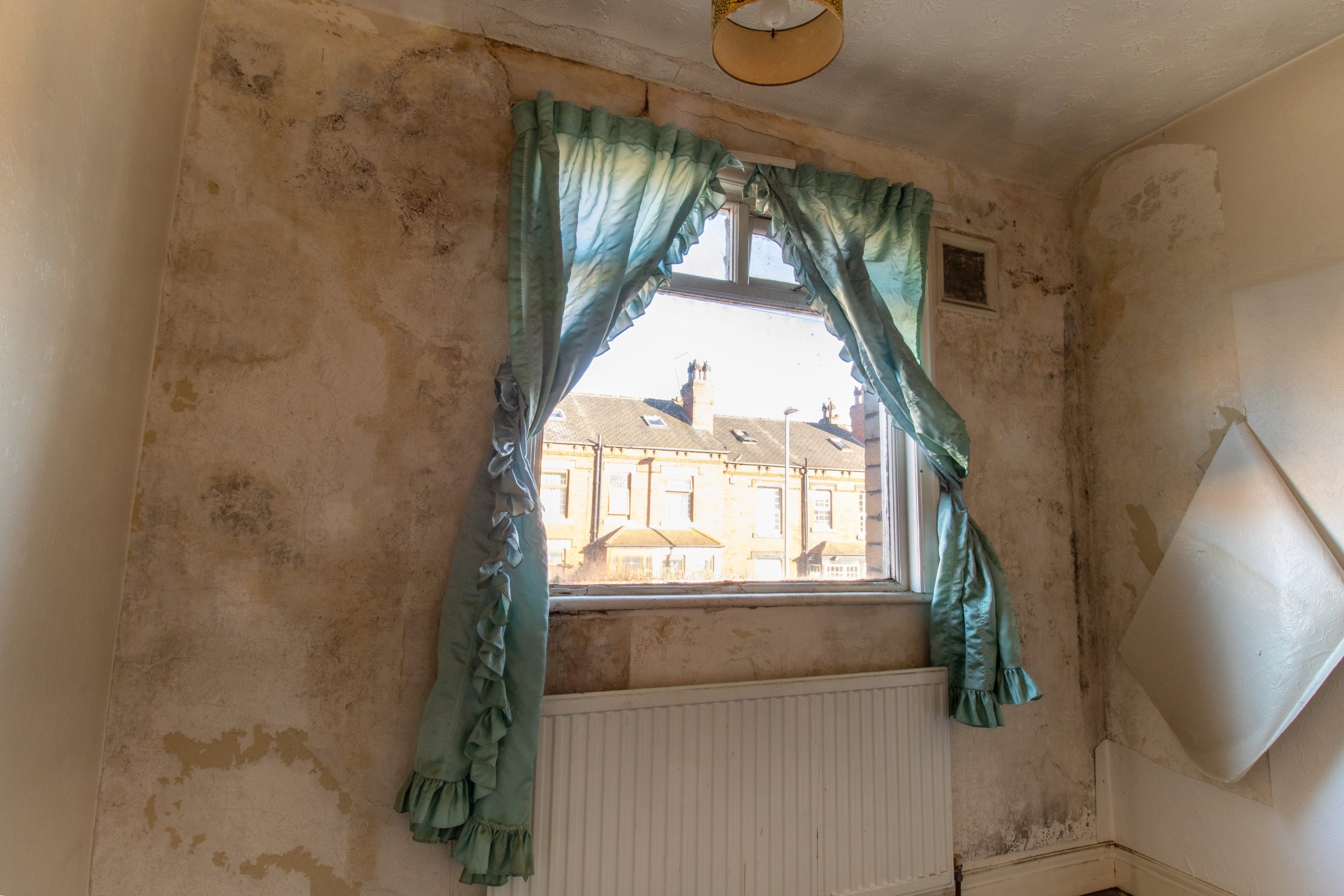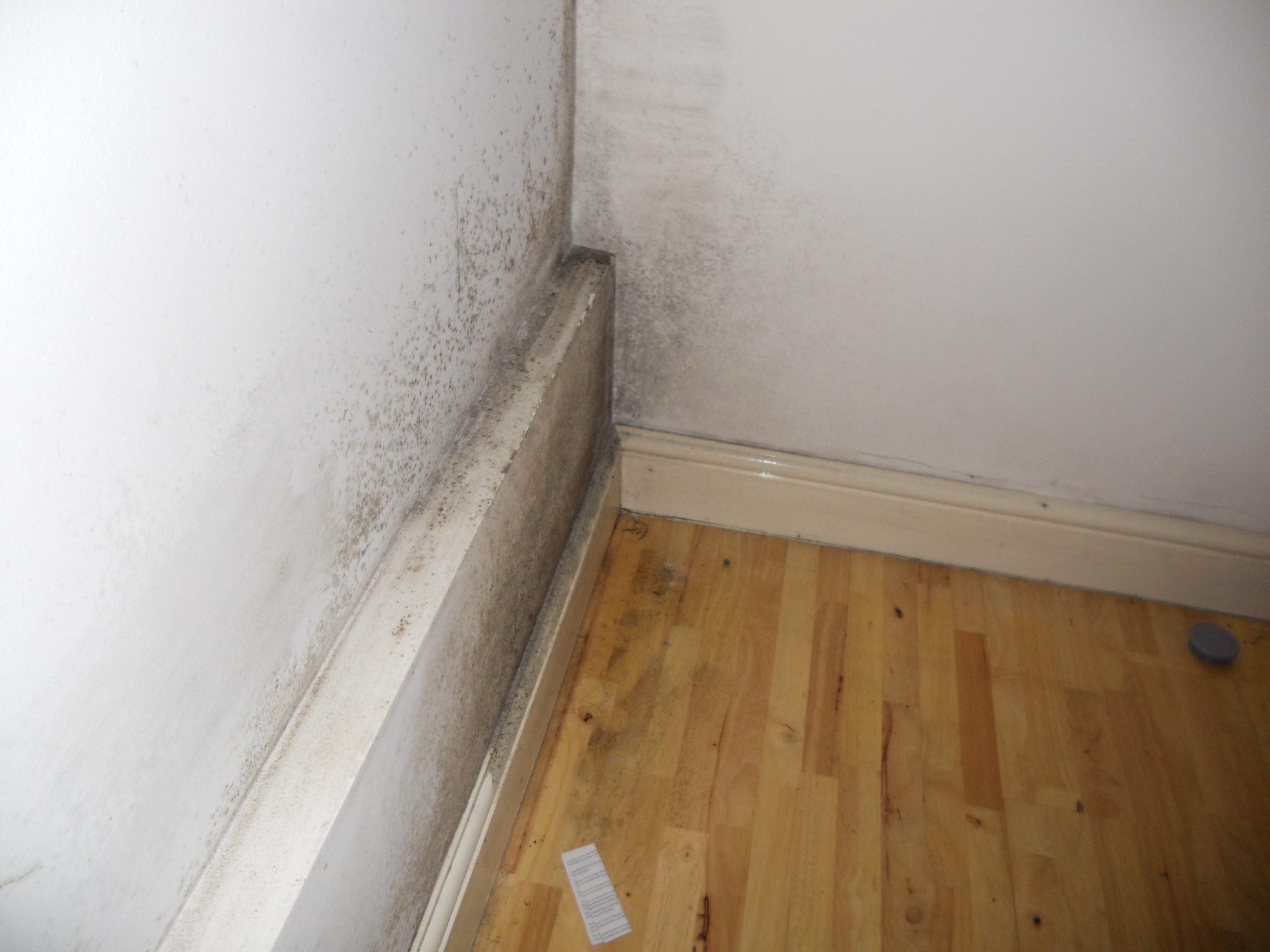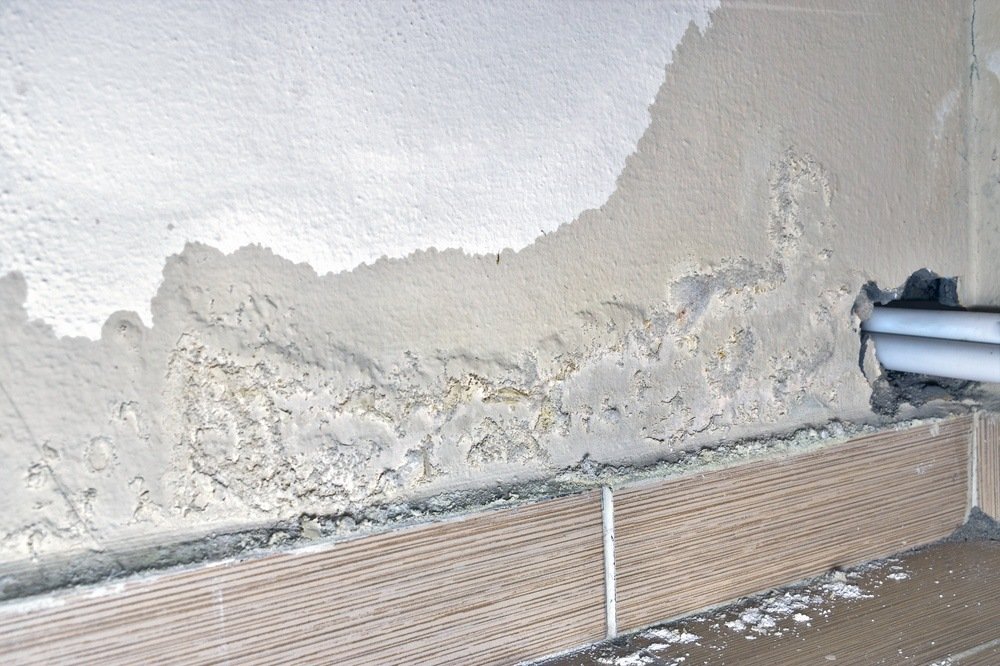Causes of Wall Condensation in Bedrooms

Condensation is a common occurrence in bedrooms, especially during colder months. It appears as water droplets on walls, windows, and even ceilings, creating an unpleasant and potentially harmful environment. Understanding the causes of condensation is crucial to effectively address this issue and create a comfortable living space.
Understanding Condensation
Condensation occurs when warm, moist air comes into contact with a cold surface. The warm air carries water vapor, which is invisible to the naked eye. When this air encounters a cold surface, the water vapor cools down and changes its state from gas to liquid, forming visible droplets. This process is similar to what happens when you see condensation on a cold glass of water on a hot day.
Common Causes of Condensation in Bedrooms
Condensation in bedrooms is often caused by a combination of factors, including:
- Inadequate Ventilation: Poor ventilation traps moisture inside the room, preventing it from escaping and leading to condensation buildup.
- High Humidity Levels: Bedrooms with high humidity levels provide more moisture for condensation to form. This is especially true in humid climates or during periods of high indoor humidity.
- Poor Insulation: Inadequate insulation allows cold air from outside to penetrate the bedroom, creating a temperature difference between the walls and the warm air inside. This difference encourages condensation on the colder surfaces.
Activities Contributing to Increased Humidity
Several activities contribute to increased humidity levels in bedrooms, further increasing the likelihood of condensation:
- Showering: Hot showers release a significant amount of steam, increasing the humidity in the bathroom and potentially spilling over into the bedroom if the door is left open.
- Cooking: Cooking, especially with water-intensive methods like boiling or steaming, can also add moisture to the air, particularly if the kitchen is adjacent to the bedroom.
- Drying Clothes Indoors: Drying clothes indoors, especially during colder months, releases a considerable amount of moisture into the air, significantly increasing humidity levels.
Causes of Condensation in Bedrooms: Summary Table
| Cause | Description | Contributing Factors | Solutions |
|---|---|---|---|
| Inadequate Ventilation | Poor airflow prevents moisture from escaping the room. | Closed windows, lack of extractor fans, limited air circulation. | Open windows for ventilation, install extractor fans, improve airflow with fans. |
| High Humidity Levels | Increased moisture in the air provides more water vapor for condensation. | Humid climates, lack of dehumidifiers, excessive indoor moisture from activities. | Use dehumidifiers, reduce moisture-generating activities, ensure proper ventilation. |
| Poor Insulation | Inadequate insulation allows cold air to penetrate, creating temperature differences. | Thin walls, lack of insulation in ceilings or walls, poorly sealed windows and doors. | Improve insulation in walls and ceilings, seal windows and doors properly, reduce drafts. |
Identifying and Assessing Wall Condensation: Wall Condensation In Bedroom

Spotting condensation in your bedroom can be a worrying sign, indicating a potential problem with moisture levels. Understanding the signs and how to assess the situation is crucial for addressing the issue effectively.
Visual Signs of Condensation
Visual inspection is the first step in identifying condensation. Here are some telltale signs:
- Water droplets: The most obvious sign is the presence of visible water droplets on the walls, windows, or even the ceiling. This indicates that the air is saturated with moisture and unable to hold it all, resulting in condensation.
- Mold growth: If the condensation persists, it can create an environment conducive to mold growth. Look for black, green, or white fuzzy patches on the walls, particularly in areas where water droplets are prevalent. Mold can be a health hazard, so addressing condensation is crucial.
- Damp patches: Even if you don’t see visible water droplets, damp patches on the walls can indicate condensation. These patches may feel cool to the touch and may be accompanied by a musty smell.
Using a Hygrometer to Measure Relative Humidity, Wall condensation in bedroom
A hygrometer is a handy tool for measuring the relative humidity in your bedroom. Relative humidity is the amount of moisture in the air compared to the maximum amount it can hold at a given temperature.
A hygrometer reading above 60% indicates high humidity levels, which can contribute to condensation.
Identifying Areas of Condensation
To pinpoint the specific areas where condensation is most prevalent, carefully observe the following:
- Windows: Condensation often forms on window panes, especially in colder climates or during the winter months. The temperature difference between the warm air inside and the cold air outside can cause moisture to condense on the cooler surface of the glass.
- Corners: Corners of rooms, particularly those with poor ventilation, are susceptible to condensation. The air in these areas tends to be stagnant, allowing moisture to accumulate.
- External walls: Walls facing the outside of the house, especially those with poor insulation, can be prone to condensation. The cold temperature of the wall can cause the warm, moist air inside to condense on its surface.
Signs of Condensation and Possible Causes
| Signs of Condensation | Possible Causes |
|---|---|
| Water droplets on windows | Poor ventilation, excessive moisture from cooking or showering, cold windows, lack of insulation |
| Mold growth on walls | High humidity, condensation, poor ventilation, water leaks |
| Damp patches on walls | Condensation, water leaks, rising damp, poor insulation |
| Musty smell in the bedroom | Mold growth, condensation, poor ventilation, dampness |
Solutions to Reduce Wall Condensation

Battling condensation in your bedroom can feel like an uphill battle, but don’t despair! With the right approach, you can reclaim a comfortable and healthy living space. We’ll explore practical solutions that target the root causes of condensation, empowering you to take control and create a drier, more pleasant environment.
Improving Ventilation
Ventilation is key to reducing condensation. By allowing fresh air to circulate and replace moist air, you can significantly decrease the chances of condensation forming. Here are some effective strategies:
- Open windows for regular air exchange. Even for short periods, opening windows allows for a natural exchange of air, removing excess moisture and reducing humidity. Aim for at least 15 minutes of ventilation twice a day, especially after showering or cooking.
- Install exhaust fans in bathrooms and kitchens. These fans quickly remove steam and moisture from the air, preventing it from accumulating in your bedroom. Ensure they are properly vented to the outside and used during and after activities that generate moisture.
- Ensure proper air circulation throughout your home. Open doors between rooms to allow air to flow freely. This helps to distribute moisture more evenly and prevent it from concentrating in one area.
Reducing Humidity Levels
Excessive humidity is a major contributor to condensation. By reducing the amount of moisture in the air, you can create a less conducive environment for condensation to form.
- Invest in a dehumidifier. Dehumidifiers are designed to remove excess moisture from the air, effectively reducing humidity levels in your bedroom. Choose a dehumidifier that is appropriate for the size of your room and run it regularly, especially during humid seasons.
- Control indoor activities that generate moisture. Activities like showering, cooking, and drying laundry release significant amounts of moisture into the air. Minimize these activities or use exhaust fans to vent the moisture effectively.
- Dry clothes outdoors whenever possible. Drying clothes indoors releases moisture into the air, increasing humidity levels. If possible, dry clothes outdoors to avoid adding to the moisture in your bedroom.
Improving Insulation
Proper insulation is crucial for preventing condensation. Insulation acts as a barrier, reducing heat loss and preventing cold surfaces from forming, which can trigger condensation.
- Add insulation to walls and ceilings. Insulating walls and ceilings helps to maintain a consistent temperature throughout your bedroom, reducing the chances of cold spots that can cause condensation. Consider using fiberglass insulation, spray foam insulation, or cellulose insulation, depending on your needs and budget.
- Seal air leaks around windows and doors. Air leaks allow cold air to seep into your bedroom, creating cold surfaces that can promote condensation. Use weather stripping, caulk, or foam sealant to seal any gaps or cracks around windows and doors.
- Use thermal curtains. Thermal curtains provide an extra layer of insulation, preventing heat loss and keeping your bedroom warmer. This can help to reduce the chances of condensation forming on cold surfaces.
Solutions to Reduce Wall Condensation
| Solution | Benefits | Implementation Tips |
|---|---|---|
| Improve Ventilation | Reduces humidity levels, promotes air circulation, prevents moisture buildup | Open windows for regular air exchange, install exhaust fans in bathrooms and kitchens, ensure proper air circulation throughout the home |
| Reduce Humidity Levels | Creates a less conducive environment for condensation, improves indoor air quality | Use a dehumidifier, control indoor activities that generate moisture, dry clothes outdoors whenever possible |
| Improve Insulation | Reduces heat loss, prevents cold surfaces from forming, minimizes condensation | Add insulation to walls and ceilings, seal air leaks around windows and doors, use thermal curtains |
Wall condensation in bedroom – The dampness clinging to your bedroom walls, a chilling reminder of the unseen forces at work. Perhaps a leaky window, a poorly ventilated space, or even the invisible hand of a lurking cold front. But if you’re seeking a dramatic shift, consider a bold design choice, a black wall master bedroom , a statement that can even mask the condensation’s insidious presence.
While the black might be alluring, remember, the source of the condensation must be addressed. For a true sanctuary, both style and functionality must reign.
The icy breath of winter, creeping through cracks in your walls, manifests as a chilling reminder of the condensation lurking within your bedroom. This unwelcome visitor can leave your walls damp and your mood even colder. But fear not, for a touch of whimsy can banish the blues.
Embrace the power of decorative wall decals for bedroom to transform your space into a haven of warmth and charm. As you gaze upon the vibrant hues and playful designs, the chilling presence of condensation will fade, replaced by a sense of comfort and joy.